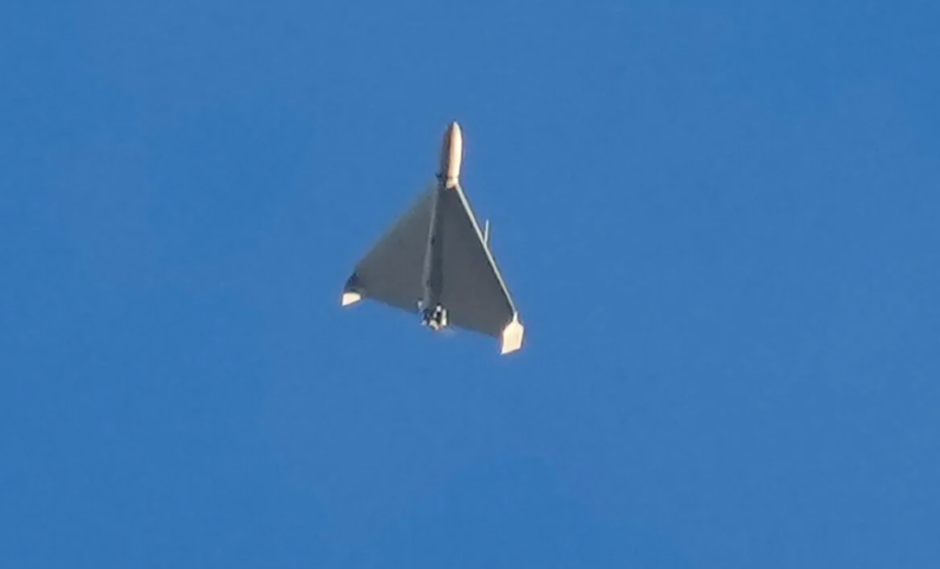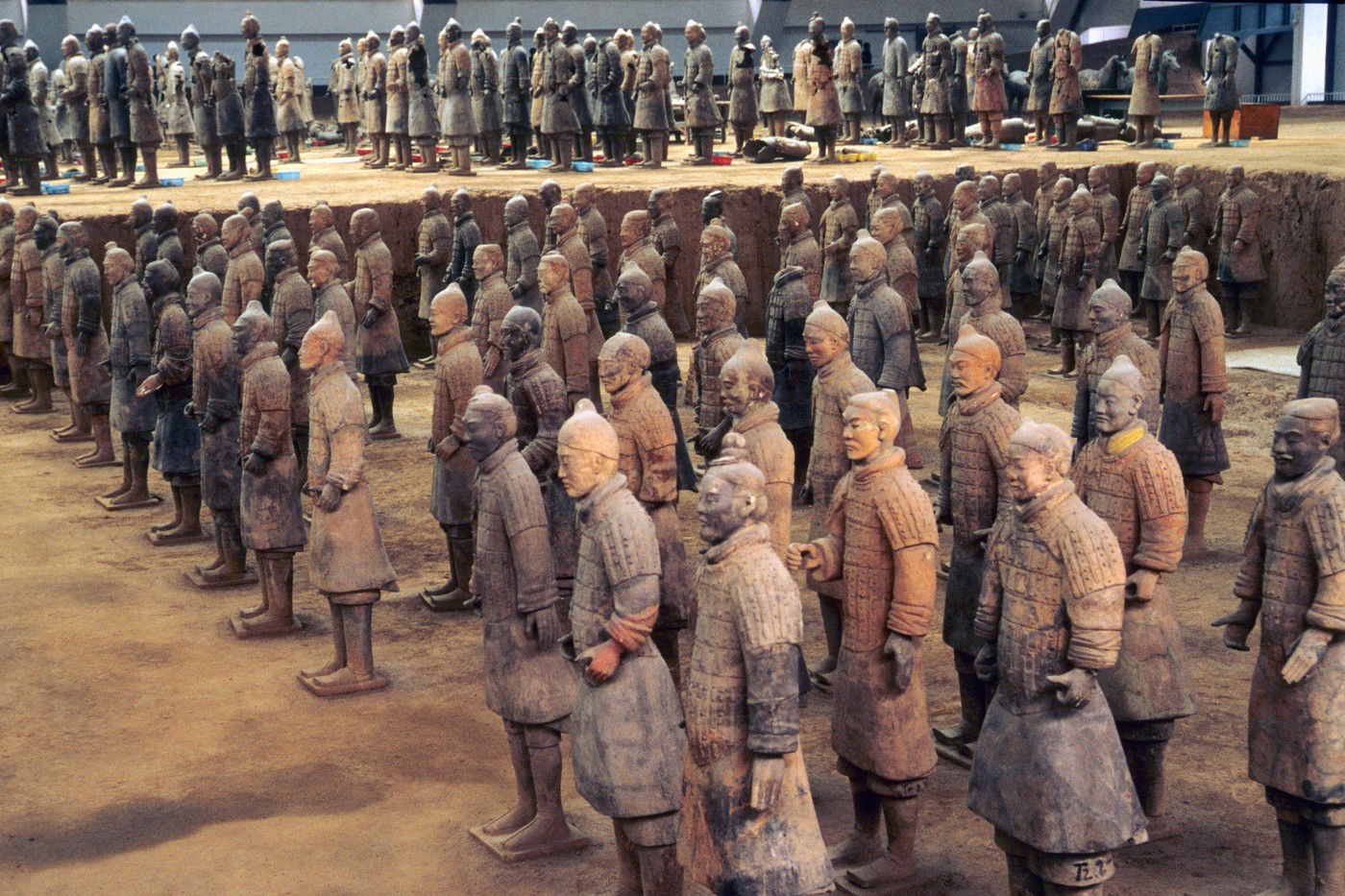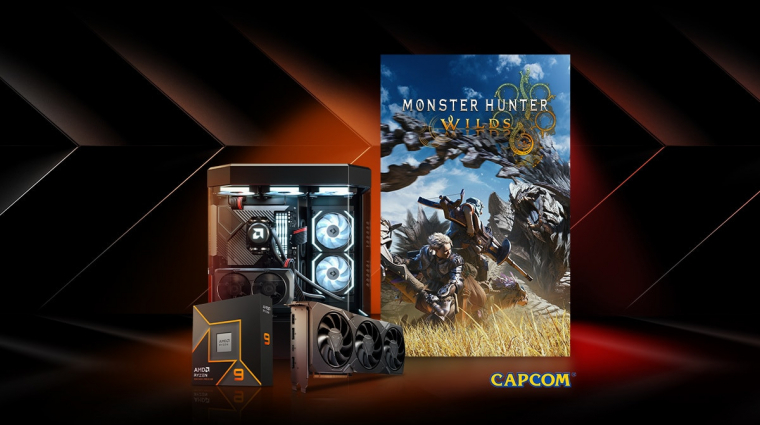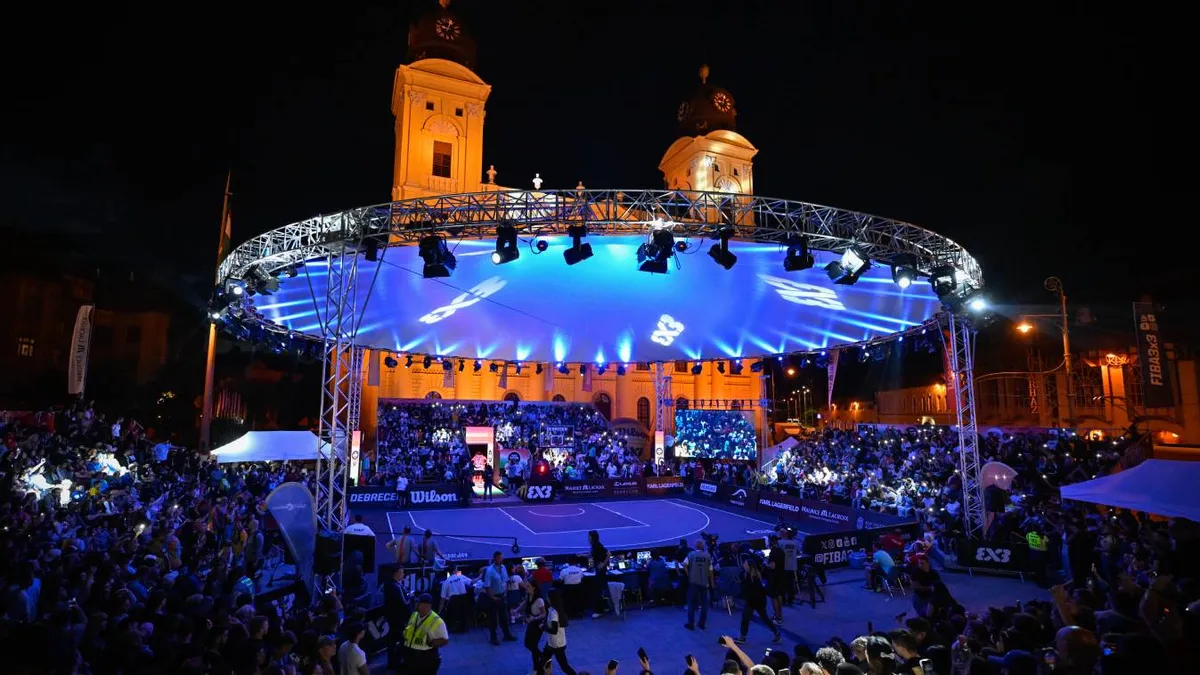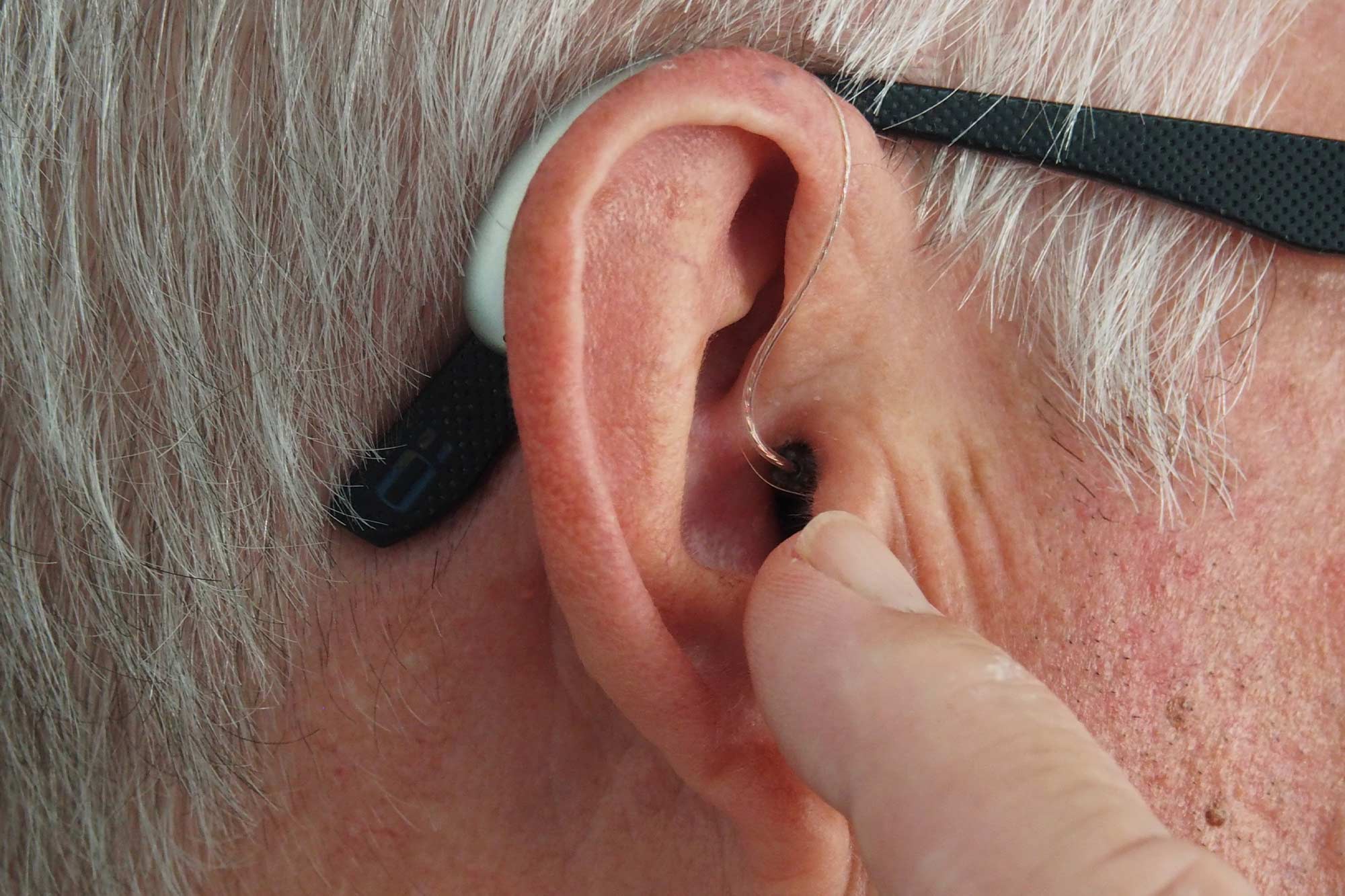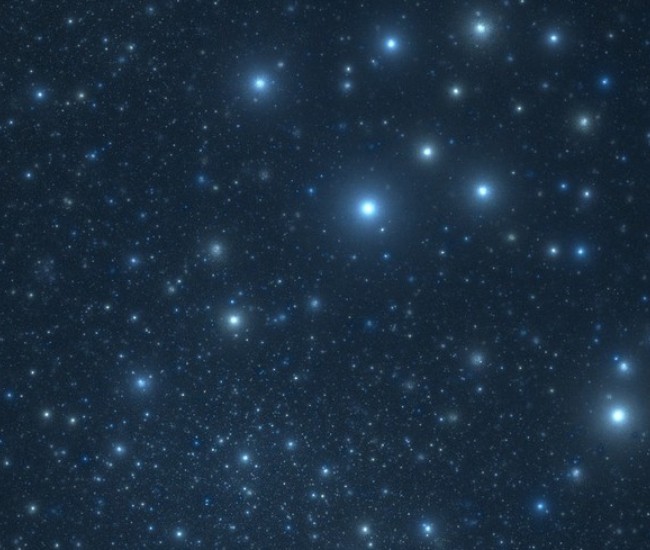Thursday, just after sunset Mercury, Venus, Mars, the crescent moon, and the star Regulus will all be visible in the constellation above the western horizon. The observatory told MTI on Wednesday that the unusual pentacle could still be seen on Saturday, at the Svábhegy Star Observatory’s Stargate event.
First, you will definitely be able to see the bright planet Venus in the sky, and then Mercury will shine at the same height as Venus. Mars will be more than five degrees higher than the other two planets. Like Venus, after an amazingly long period of observation, the red planet will become dimmer and dimmer these weeks and will finally be in the sunset lights, the announcement says.
As they say, in line with Mars, in the south, you’ll be able to admire a beautiful, razor-sharp crescent moon. On Thursday evening, sunlight illuminates only 8% of the visible half, on Friday 14%, and on Saturday 21%. The growing crescent is in fact the only member of the pentagram that climbs higher and higher through the days and is not slowly absorbed by the sunlight.
According to the information, this five-pointed star will be the main target for sunset in the Star Gate event on Saturday at the Svábhegy Star Observatory. Those interested should arrive early, around 7pm, so they can take advantage of the vista offered by the rooftop terrace and catch a glimpse of this heavenly spectacle.
The bright sickle of Venus, barely 13 percent, will be visible in several locations until 8 p.m. Those interested can also examine details of the moon’s sickle over the coming evening. With the onset of darkness, the aforementioned celestial bodies will set and the evening star will be the summer of the Milky Way – read the summary.
According to the advertisement, in addition to observing the amazing collection, Svábhegyi Csillagkapu awaits visitors with several interactive programmes. For example, the movement of the planets and stars is designed with glass balls racing on the Space Time Trampoline. By smelling the “space perfume” contained in the vials of the planetary inhaler laboratory, a person can feel as if he is on the alien celestial bodies of the solar system. In the meteorite inspection program, visitors can use microscopes to examine rainbow-colored meteorite crystals, and they can also get their hands on several pieces of the meteorite collection. In the spectrum area, those interested can also meet a light bending device.
Those who want more information about the observation can specify what to look for at their residence by entering the observation location and date in the online Stellarium planetarium software.












